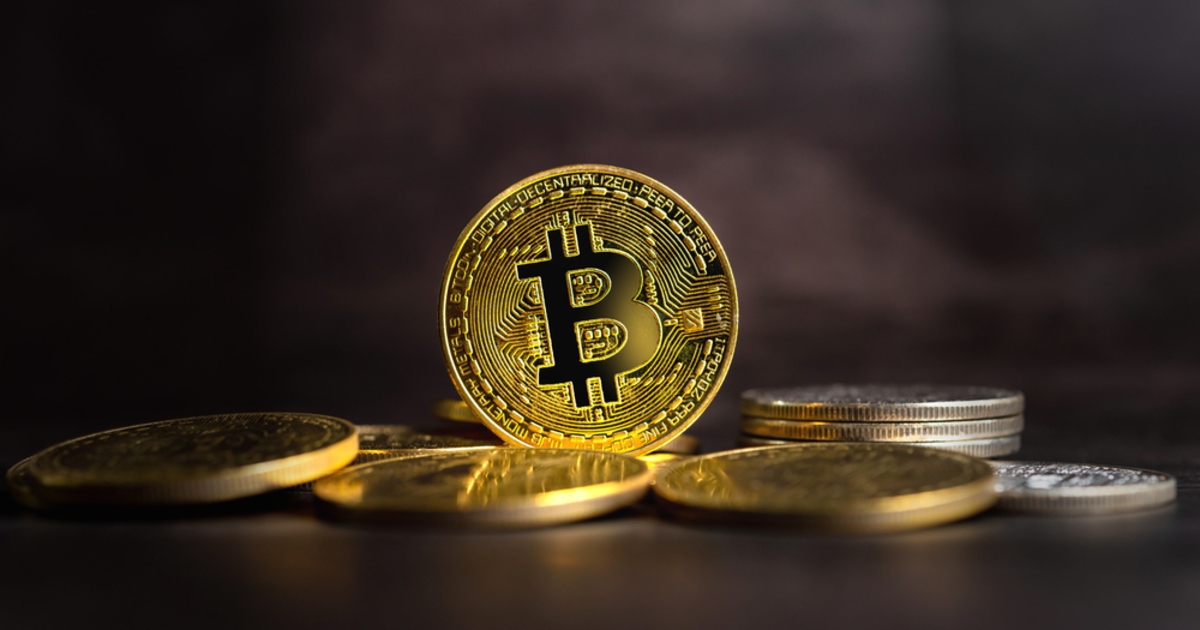What Happens When the Bitcoin Blockchain Produces an Empty Block
Terrill Dicki Feb 15, 2023 09:20
Accept the oddities: Bitcoin's blockchain has more empty blocks than intended.

Bitcoin (BTC) is a digital currency that is renowned for its durability, security, and dependability. A new block is added to the network on average every ten minutes, and the miner who successfully creates the block is rewarded with 6.25 Bitcoin, which is equivalent to almost $130,000.
On the other hand, the Bitcoin blockchain is known to sometimes spring a surprise on both watchers and players.
Nodes around the network confirmed the existence of a totally empty block at the height of 776,339 blocks. The fact that the block was uploaded to the Bitcoin network with no transactions included caused considerable consternation among those involved in the cryptocurrency industry. What precisely is meant by the term "empty block," and how does this phenomenon occur?
To begin, while the presence of an empty block on the network may at first seem peculiar, this kind of thing is really rather common. Block 774486 was the location where it happened a little more than two weeks ago to the day.
Miners are encouraged to mine blocks as rapidly as possible, and as a result, they may mine a block even if they have not yet received any transactions that they may include in the block. When this occurs, the block will continue to be empty.
The following justification may be found in the Bitcoin mempool, which is the primary location for doing research on the Bitcoin blockchain: "When a new block is located, mining pools will give miners a block template that does not include any transactions. This will allow them to begin the search for the next block as quickly as possible. They immediately transmit a block template that is complete with transactions; but, a complete block template is a larger data transfer and reaches miners after a little longer period of time.
"During this interim period, which is often no more than one to two seconds, miners sometimes get fortunate and discover a new block utilizing the empty block template,"
In essence, mining a template was a case of "getting fortunate" for the miners. The Bitcoin block with the height of 776,389 was added to the chain just a few seconds after the block that came before it, which had the height of 776,488. However, Block 776,388 received an additional 0.086 BTC in fees, which is equivalent to around $1,854. This amount was added to the block reward of 6.25 BTC, which is approximately $135,247.
Even when there are no transactions in an empty block, the miner is still rewarded with freshly created bitcoins as part of the block reward. As a result, the reward for Block 776,389 was 6.25 Bitcoin and there were no transaction fees. The winning miner was Binance Pool, which contributed as much as 12% to the overall hash rate of the network.
It is essential to emphasize the fact that empty blocks do not provide a challenge for the network. Mining empty blocks still results in the production of the coin creation transaction, sometimes referred to as the coinbase transaction. This transaction ensures that Bitcoin is on track to meet its goal of having 21 million Bitcoins in circulation.
The proportion of vacant blocks on the network is often between between 1% and 2%, as seen by the statistics provided by BitInfoCharts. Given the proliferation of "ordinals" on Bitcoin, also known as the capacity to permanently carve photos, data, and marks into the blockchain, this statistic is even more shocking in light of its current state.
The increase in ordinals has led to various queries and even some anxiety among the Bitcoin community, and only lately the very first cases of pornography were documented.
As more and more image aficionados compete to have their work included in the Bitcoin blockchain, the mempool has become a more congested place, and block space has become a disputed resource.
Image source: Shutterstock